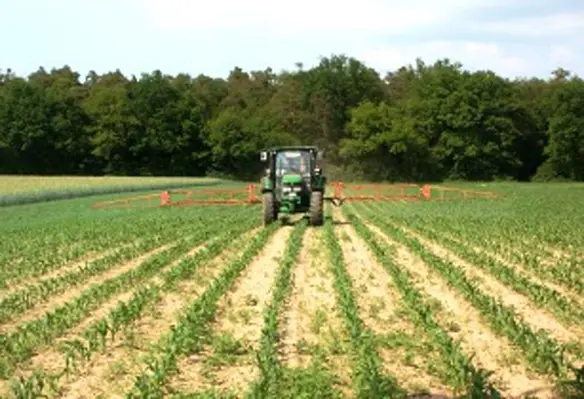The IDTechEx Research report “Agricultural Robots and Drones 2016-2026: Technologies, Markets, Players” predicts that robotic technology will enter into different aspects of agriculture and change the way farming is done
The report gives a detailed roadmap of how robotic technology will become the future of agrochemicals business and how it will modify the way we design agricultural machinery. It provides detailed technology roadmaps, technology- and territory-segmented ten-year market forecasts and comprehensive interview-based company profiles, forecasting that agricultural robots and drones will reach US$12bn by 2026.
Agricultural vehicles have been at the forefront of developing and adopting autonomous navigation technology. The report notes that more than 320,000 tractors equipped with autosteer or tractor guidance technology will be sold in 2016 alone, rising to 660,000/year in 2026. These tractors use RTK GPS technology to autonomously follow pre-planned paths with cm-level accuracy, making agriculture the largest adopter of autonomous navigation.
Leading tractor companies worldwide have already demonstrated master-slave or ‘follow-me’ unmanned autonomous tractors or load carts, the report states. In these arrangements, a manned operator supervises the movement of the leader tractor with others following suite.
This technological evolution is expected to further the notion that big is better because it enables further amplifying the productivity of the skilled driver via multiple slave or follower vehicles. This arrangement will find increasing use in large-scale crop field farming.
The report forecasts that fully and unmanned autonomous tractors will be the next evolutionary step. Multiple semi-commercial prototypes have already been demonstrated by leading agricultural machinery companies. The tractor will be equipped with a variety of overlapping sensors such as LIDAR, RADAR, and sonar to provide autonomous navigation in the absence of GPS signal together with collision avoidance.
IDTechEx Research forecasts that sales of fully autonomous tractors will start only from 2021/2022 onwards, reaching more than US$200mn in 2026.





